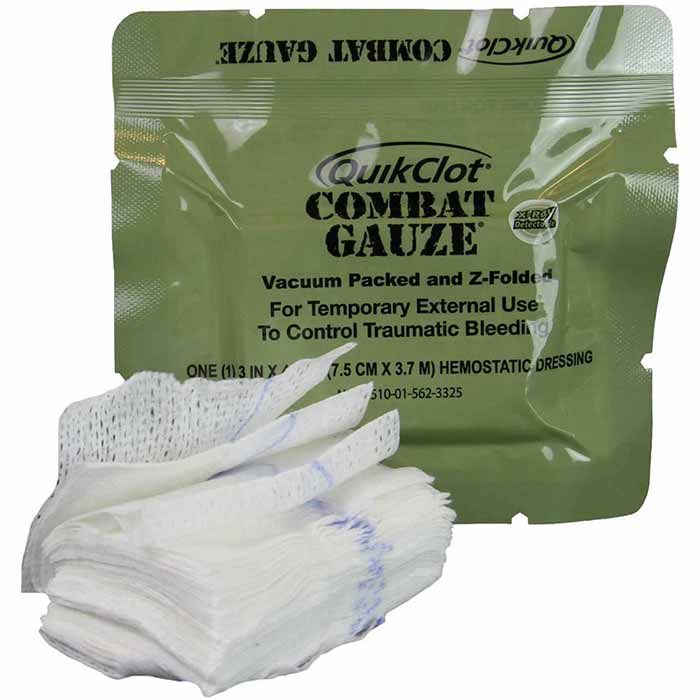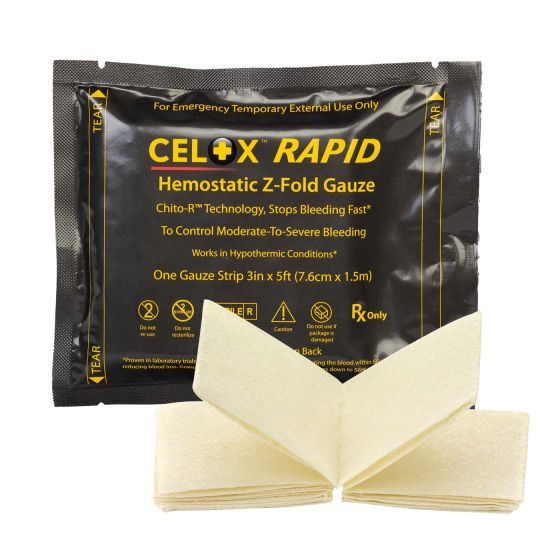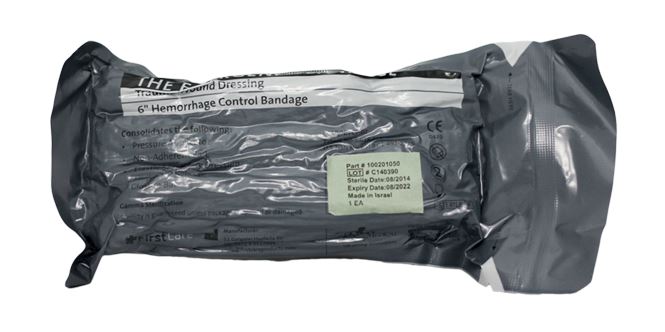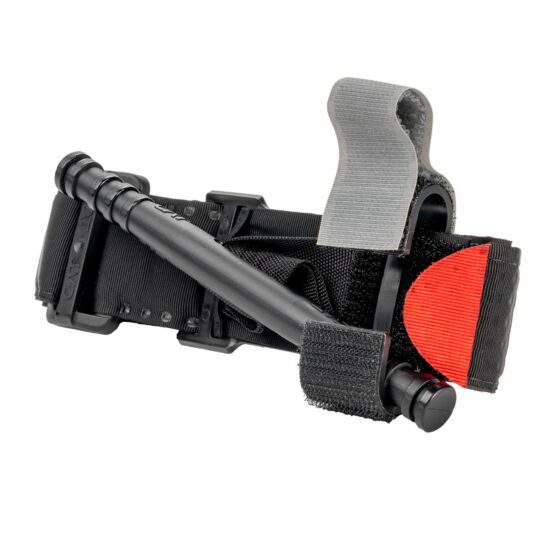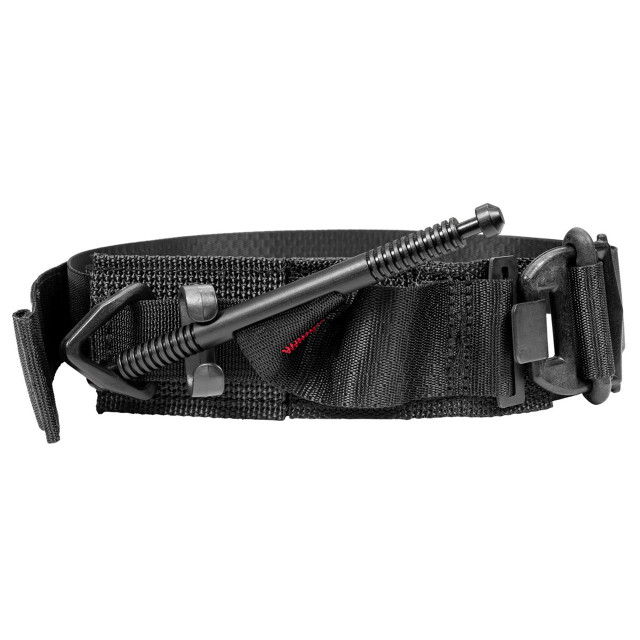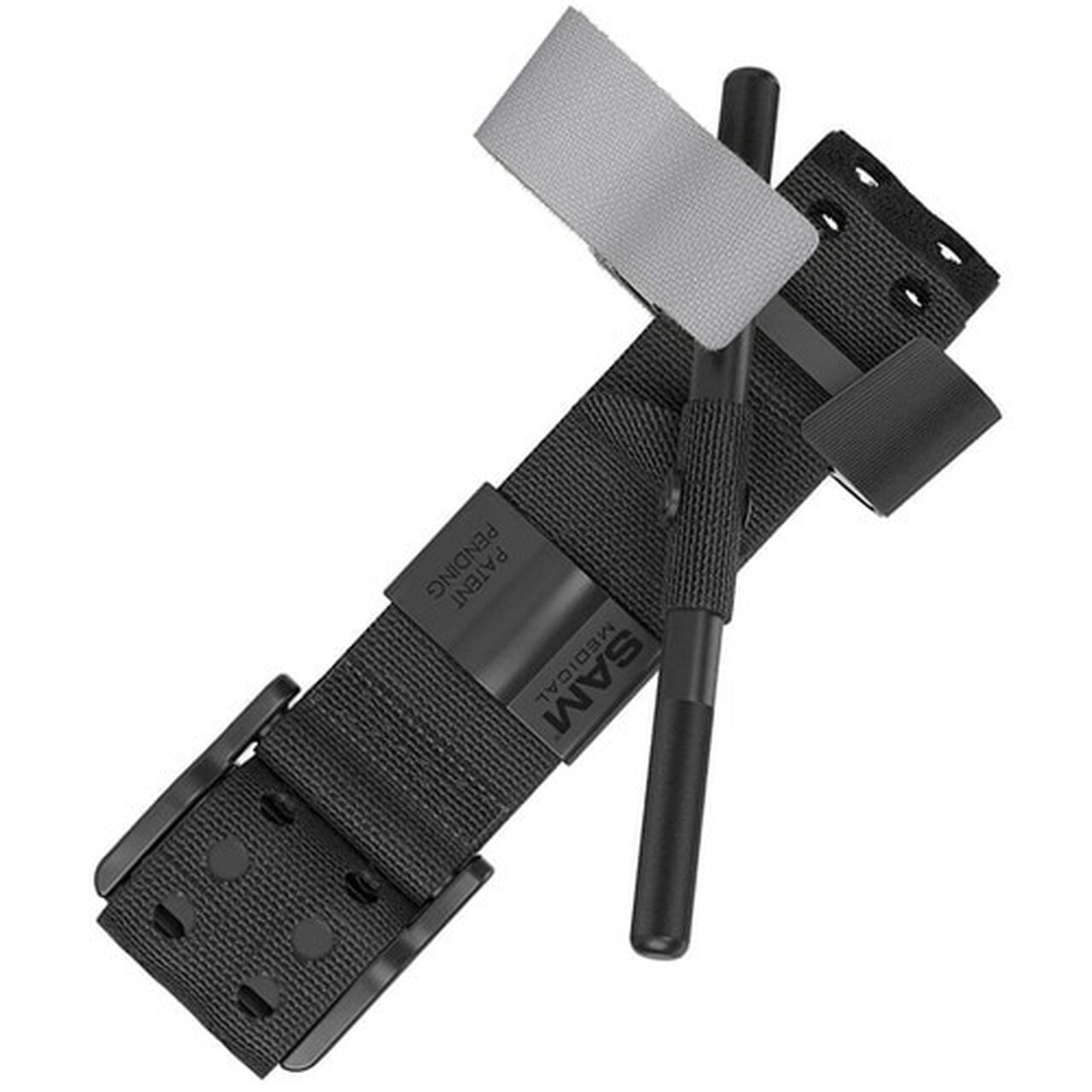Varieties of bandages: bandages, bandages, tourniquets
Content
- What is dressing material?
- Types of dressing materials
- Bandages for dressing
- Bandages for dressing
- Tourniquets for Dressing
- Medical Gauze for Dressing
- Proper Use of Dressing Materials
- FAQ
- What are dressing materials?
- How to choose the right dressing material?
- How to properly apply dressing material?
- Can the same dressing material be used multiple times?

Dressing materials are tools that have been used since the beginning of the development of medical science to provide assistance in injuries.
The main tasks of these materials are fixing and stabilizing the injured area of the body, protecting from the negative influence of external factors, controlling and stopping bleeding, as well as using during surgical interventions, for dressing wounds, tamponade, and other medical procedures.
What is dressing material?
Dressing material is the material used during operations and dressings to dry the surgical area and wounds, tamponade wounds to stop bleeding and drain fluids, apply bandages, as well as to protect wounds and burnt surfaces from additional infection and damage. Dressing material is made of natural and synthetic materials such as wood, cotton, paper, viscose yarn, and others.
The main requirements for dressing material include sufficient strength, elasticity, safety for the body, high hygroscopicity or ability to absorb fluids, capillarity, a certain level of moisture, neutrality, as well as the possibility of sterilization, cost-effectiveness, and simplicity of production.
Thus, it is noted that dressing material primarily serves for:
- Separating the wound from harmful microorganisms, dirt, and dust;
- Providing disinfection and promoting accelerated healing;
- Securing the bandage to the injured area;
- Providing immobilization of the injured area;
- Tamponading wounds to stop bleeding.
Types of dressing materials
The main types of dressing materials are:
Bandages for dressing
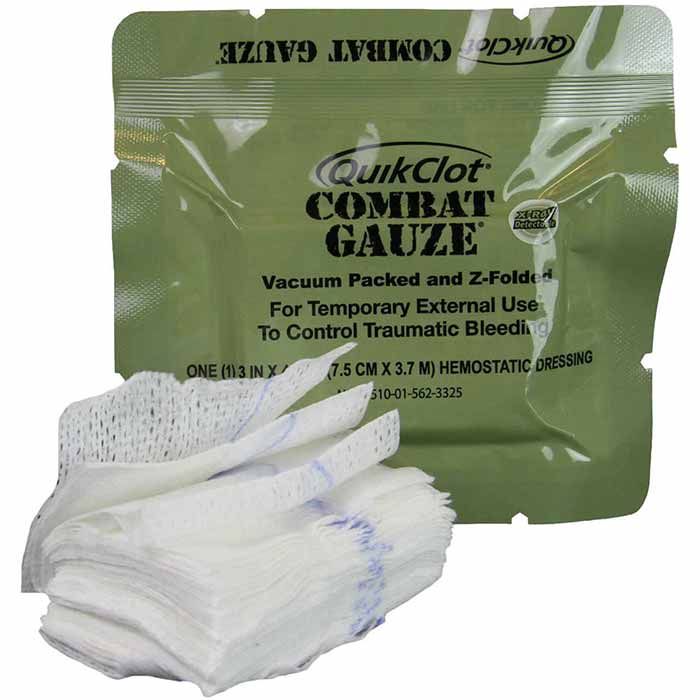
Bandages are an essential part of the medical arsenal, providing reliable dressing and protection of injured body areas.
They are used in:
- traumatology,
- surgery,
- first aid.
Elastic bandages provide stable fixation, allowing maintaining normal mobility.
Bandages for tamponade made of gauze or other materials help to stop bleeding and protect the wound.
Hemostatic bandages increase the likelihood of stopping bleeding due to special impregnation.
The importance of bandages in medicine cannot be underestimated; they help improve healing speed and prevent complications.
Bandages for dressing
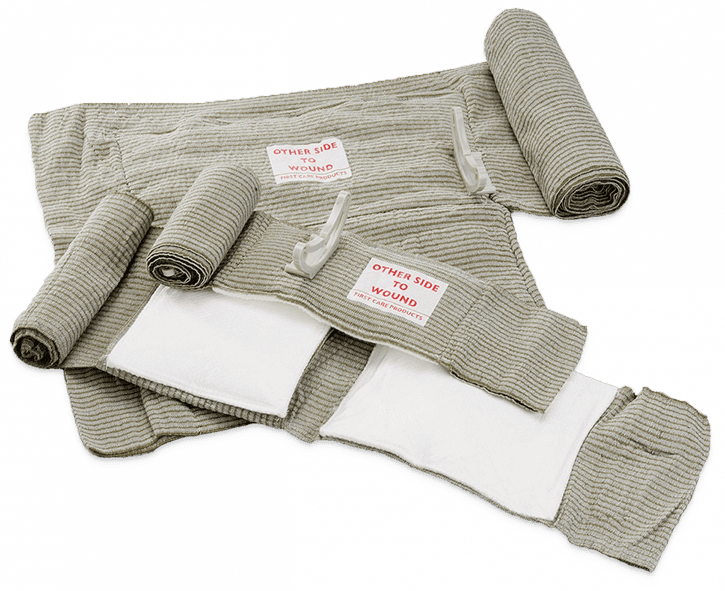
Bandages are aimed at providing assistance and support to injured body areas. They play a crucial role in providing stability, protection, and accelerated healing of wounds and injuries.
Bandages for dressing are used in various medical fields, from traumatology to gynecology.
They can be made from various materials, such as:
- elastic fabrics,
- cotton,
- adhesive tape,
- and even rubber components for joint support.
One of the most common uses of bandages is supporting injured or deformed joints. They provide stability and limit movement, aiding in recovery. Additionally, bandages help avoid excessive strain on the injured or vulnerable area.
Bandages for post-operative dressing play a significant role in supporting immobilization and protecting the wound area. They reduce the risk of infection, help reduce irritation, and promote rapid healing.
Bandages are also widely used in obstetrics and gynecology, where they support the abdomen during pregnancy, alleviating discomfort and providing support to expectant mothers.
In summary, bandages for dressing are an essential tool in medical practice, aiding in rapid recovery and supporting the physiological function of injured body areas.
Tourniquets for Dressing
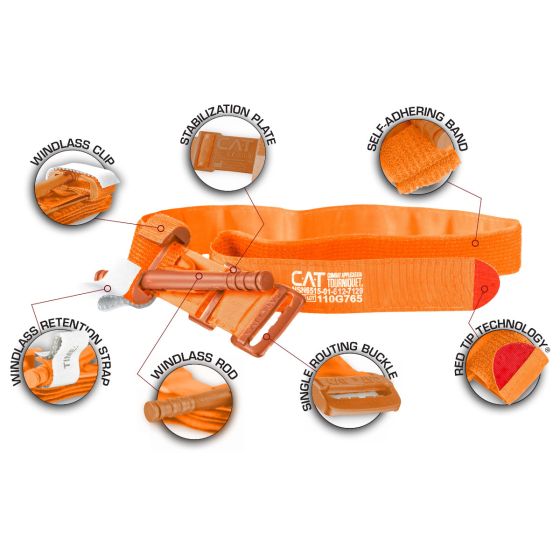
Tourniquets - their main task is to control bleeding and provide effective dressing. They are used to compress blood vessels, thereby stopping blood flow to the selected area of the body.
The main purpose of tourniquets is to control bleeding during medical procedures, traumatic situations, or emergencies. They find wide application in police, rescue, and medical practices, where every second can save lives.
They can be of various types:
- medical;
- hospital;
- transport.
Medical tourniquets are designed for minor manipulations, hospital ones for longer procedures, and transport ones for transportation and emergency medical assistance during transit.
Ultimately, tourniquets for dressing play a key role in stopping blood flow, enabling medical procedures to be conducted without the risk of excessive blood loss, and helping to save lives in critical situations.
Medical Gauze for Dressing
Medical gauze is a cotton fabric characterized by high hygroscopicity and air permeability.
The use of medical gauze in medicine is comprehensive. It is a reliable material for tamponade - application in wound cavities to stop bleeding and prevent infection. Its structure allows for effective absorption of moisture and fluids, providing optimal conditions for rapid healing.
Medical gauze is also used to create individual dressing packages, bandages, wipes, and other medical accessories. It is a key material for applying dressings to wounds, ensuring protection and hygiene of injured areas.
In many cases, medical gauze is used during surgeries where maintaining sterility and reliability of the dressing is crucial. It is a key element in the medical arsenal for ensuring effective actions in recovery and care of wounded areas.
Overall, medical gauze proves to be an indispensable material in medical practice. Its versatility, ability to provide hygiene and protection, as well as promote rapid recovery, make it an integral part of the dressing process.
Proper Use of Dressing Materials
The proper use of dressing materials is an important aspect of medical assistance and wound care. The main goal is to ensure effective hygiene, protection, and promote rapid healing.
First and foremost, it is necessary to ensure cleanliness and sterility of hands before contact with dressing materials. It is important to use sterile material, especially when working with open wounds, to avoid infection.
The correct choice of dressing material depends on the nature of the injury. Medical gauze is suitable for tamponade, while denser materials are suitable for applying dressings and protecting wounds. Hemostatic bandages are useful for stopping bleeding.
Before applying the dressing, it is important to rinse the wound with antiseptic and allow it to dry. For secure fixation, the dressing should be tight enough but not too tight to ensure normal blood circulation in the limb.
According to experts' recommendations, the dressing should be replaced regularly, especially if the material becomes soiled or ineffective.
Special attention should be paid to the comfort of the patient. Ensure proper fixation without hindering their movement.
In conclusion, proper use of dressing materials is key to successful medical assistance. Adhering to hygiene standards, selecting the appropriate material, and applying proper techniques will help ensure proper protection and rapid healing.
FAQ
What are dressing materials?
Dressing materials are various materials used for applying compression bandages, securing medical devices, and wrapping injured areas. They can be made of cotton, linen, gauze, or other materials.
How to choose the right dressing material?
The right choice of material for dressing depends on its purpose. For securing medical preparations and wrapping injured areas, it is better to use materials with high air permeability to avoid infection development. For applying compression bandages, elastic materials that retain their shape and have high strength are suitable.
How to properly apply dressing material?
The proper application of dressing material depends on its type and purpose. Typically, it is applied in a circular manner, starting from the outer part and gradually moving inward. Dressings should be applied snugly but not too tightly to ensure normal blood circulation in the limb.
Can the same dressing material be used multiple times?
No, dressing material should be used only once. This is due to the potential risk of infection and infection development.
